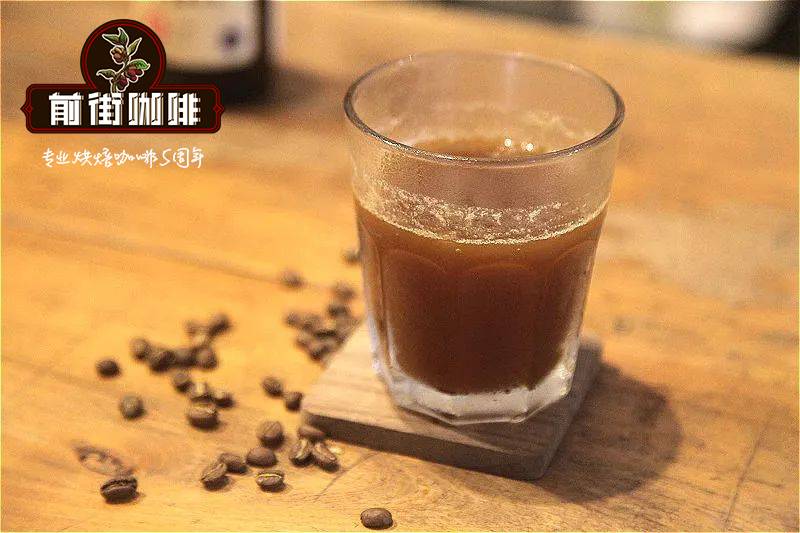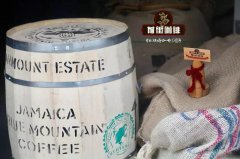What is the introduction of red cherries in sun and water washing Yega Xuefei

For professional baristas, please follow the coffee workshop (Wechat official account cafe_style)
If you like coffee, do you know that there are all kinds of processing or processing methods for coffee beans? For example: sun, half-sun, water washing, half-water washing, honey treatment. But the most common ones are sun exposure and water washing.
There are many ways to treat coffee beans, which will affect the aroma of coffee. Here are two common ways of tanning and washing:
1. Sun method: after the coffee fruit is picked, pick out the immature fruit and miscellaneous leaves, directly expose the coffee fruit to the sun for 2-3 weeks, and remove the shell after drying. Because the pectin is still attached to the outside, it will have a pectin flavor. The fermentation degree of the solarization method will vary according to the temperature and humidity of the dry environment. For example, South Minas in Brazil is a tropical steppe climate region with strong sun, low fermentation and nutty flavor, while in Latin America, most processes are highly fermented and full of fruity and wine aromas. In addition, the use of mechanical drying of whole fruit drying is also called solarization.
2. Washing method: the key point is that the coffee fruit is fermented after peeling, and the pectin is washed off with water after fermentation. One of the treatment methods used is that after the coffee fruit is picked, the immature fruit and miscellaneous leaves are removed, the outer skin of the fruit is removed, the beans are picked out, and then the beans are washed and soaked, so that the beans begin to ferment, allowing microorganisms and enzymes to decompose the components of the beans and produce sour flavors. The water washing method can also be a dry fermentation method without soaking, and then wash off the pectin with water after fermentation. After fermentation, the beans are then insolated or dried to prevent coffee beans from getting moldy. Properly washed coffee beans usually taste mild and may have a wine flavor, depending on the environment and fermentation.
Red Cherry: the Red Cherry Project is a project to improve the quality of small-scale farms, mainly to encourage soybean farmers and surprise roasters. Trabocca, the largest coffee bean seller in the Netherlands, invited all Ethiopian farms to produce small batches of beans of about 1500-3000 kg (25,050 bags) before the harvest season. Women can only choose fully 100% ripe red cherries. There is a big difference in coffee flavor. So attentive and industrious Ethiopian women are important drivers of the Red Cherry Project.
Operation Red Cherry is also a reinforcing method, which makes the farm pay more attention to the process of selecting beans. The prices of these coffees are also relatively high. Red Cherry Action has water washing, sun-drying beans, half-washing, half-sun, experimental coffee and so on. The main producing areas are Yegashev, Sidamo, Penga Forest, Lekanti, Ken Bata, Iruba, Hara, Lim, and joined Coroja Golocha in 2011 (near Hara). These are unique and can fully show the flavor of Ethiopian beans. Trabocca will choose from the coffee after receiving it. Farms that have passed the cup test quality test in Ethiopia and the Netherlands will pay a large bonus, with a passing score of more than 88 points to become a good coffee for the Red Cherry program. Trabocca, the promoter of the Red Cherry project, invested all the profits made in the past few years in the cooperative farm. Trabocca stressed that this is a plan with no profit, so the company only uses four people, including the boss and secretary, to carry out the Red Cherry project, and other administrative related matters are supported by the parent company to reduce administrative expenses, and all the profits are returned to the cooperative farm.
Important Notice :
前街咖啡 FrontStreet Coffee has moved to new addredd:
FrontStreet Coffee Address: 315,Donghua East Road,GuangZhou
Tel:020 38364473
- Prev

How much is the water temperature of medium and deep roasted coffee beans? what is the water temperature of hand coffee in Blue Mountain?
For more information on coffee beans, please pay attention to the deep-deep roasting in the coffee workshop (Wechat official account cafe_style). The water temperature of hand-made coffee is usually 86-88 degrees Celsius. The ratio of water to powder is about 14 degrees Celsius and about 20 seconds. Take the [Jamaica Blue Mountains] as an example, it is planted on the slopes of Jamaica about 1310 meters. It is an ancient tin card variety, washed, peeled and fermented.
- Next

What brand of milk does coffee foam use to make milk foam? Do you have requirements for milk brands?
Professional coffee knowledge exchange More coffee bean information Please pay attention to coffee workshop (Weixin Official Accounts cafe_style) When you start to pull flowers, you always can't master how to make milk foam, or you can't judge the thickness of milk foam.
Related
- Beginners will see the "Coffee pull flower" guide!
- What is the difference between ice blog purified milk and ordinary milk coffee?
- Why is the Philippines the largest producer of crops in Liberia?
- For coffee extraction, should the fine powder be retained?
- How does extracted espresso fill pressed powder? How much strength does it take to press the powder?
- How to make jasmine cold extract coffee? Is the jasmine + latte good?
- Will this little toy really make the coffee taste better? How does Lily Drip affect coffee extraction?
- Will the action of slapping the filter cup also affect coffee extraction?
- What's the difference between powder-to-water ratio and powder-to-liquid ratio?
- What is the Ethiopian local species? What does it have to do with Heirloom native species?

